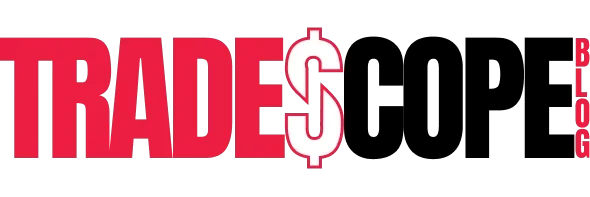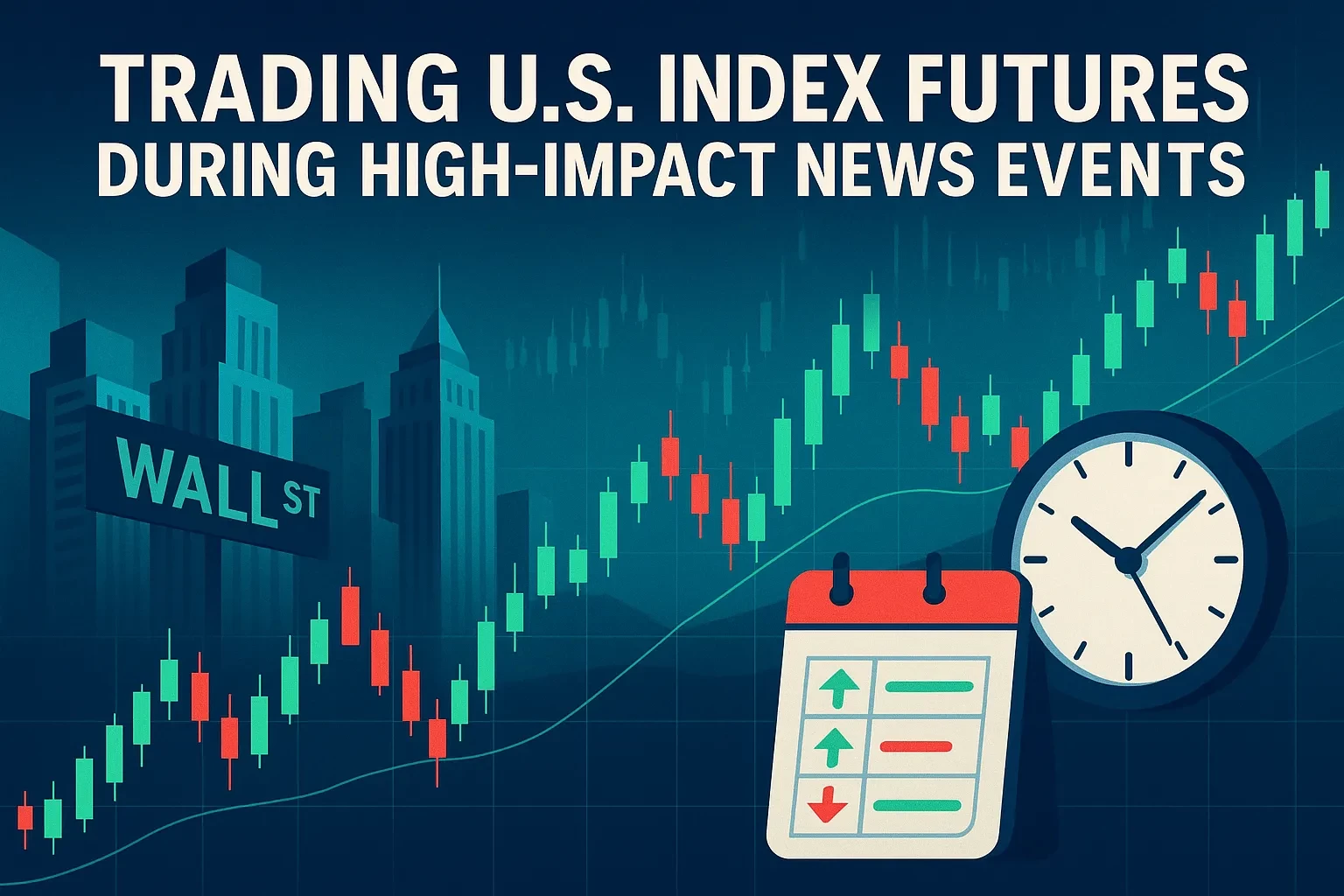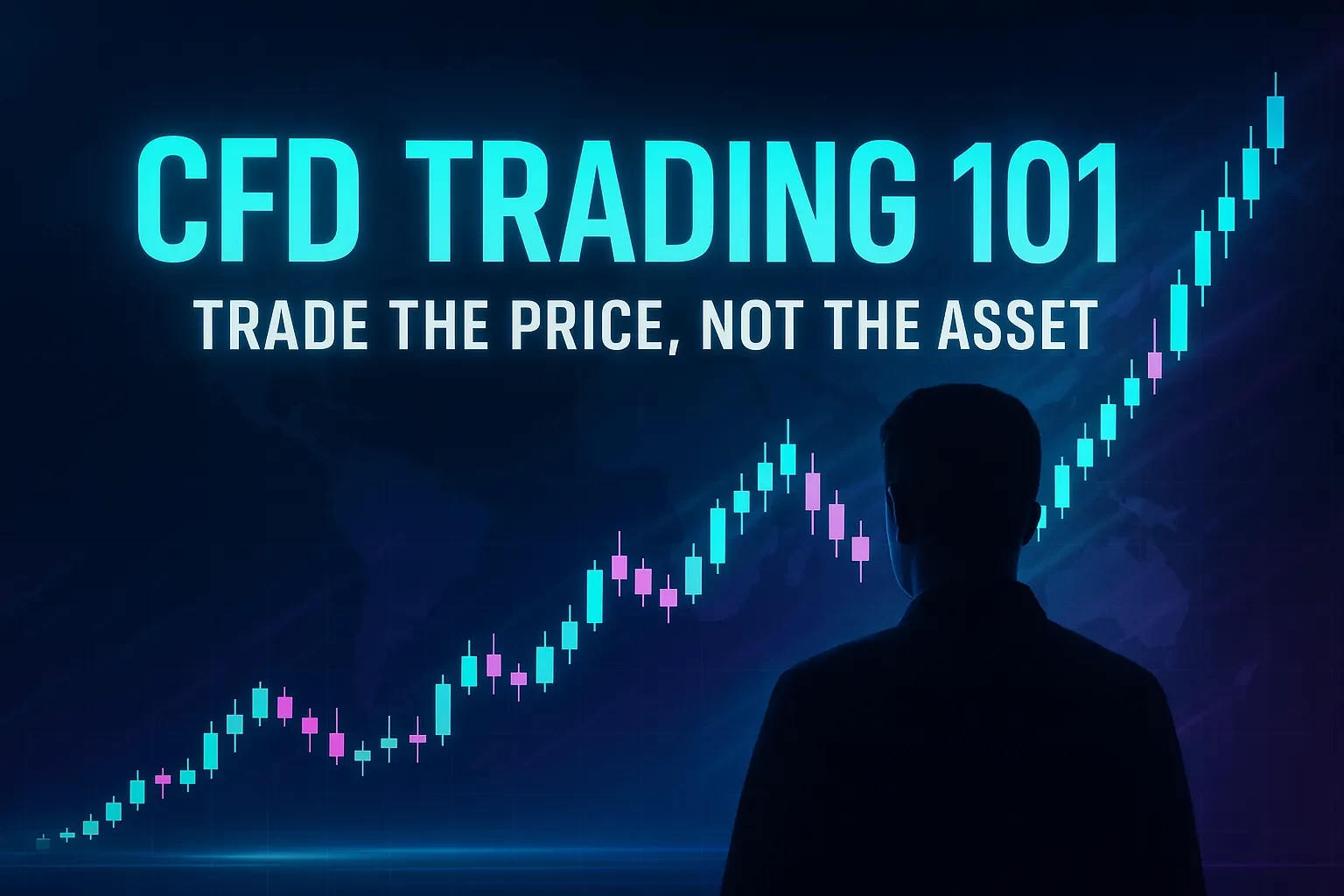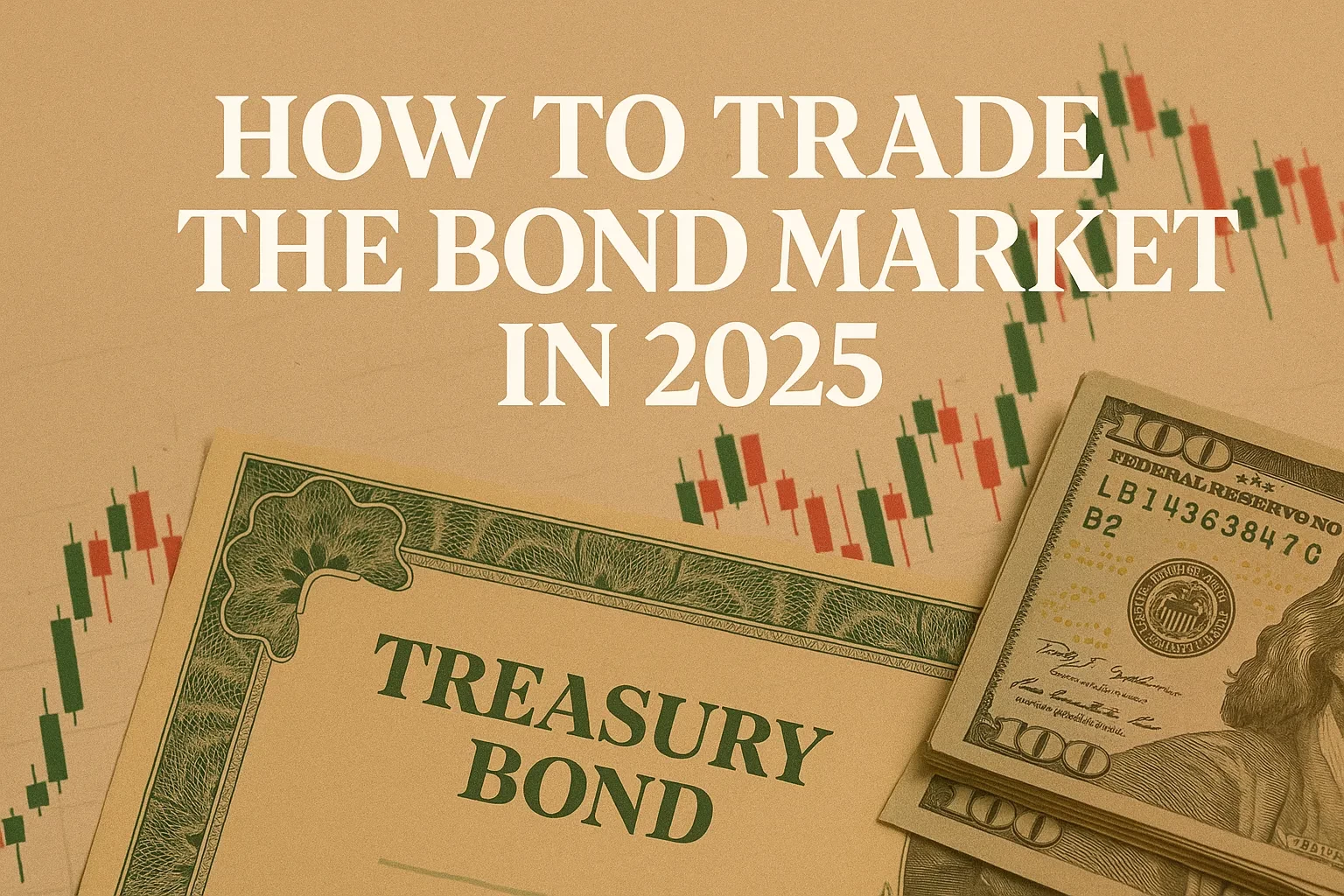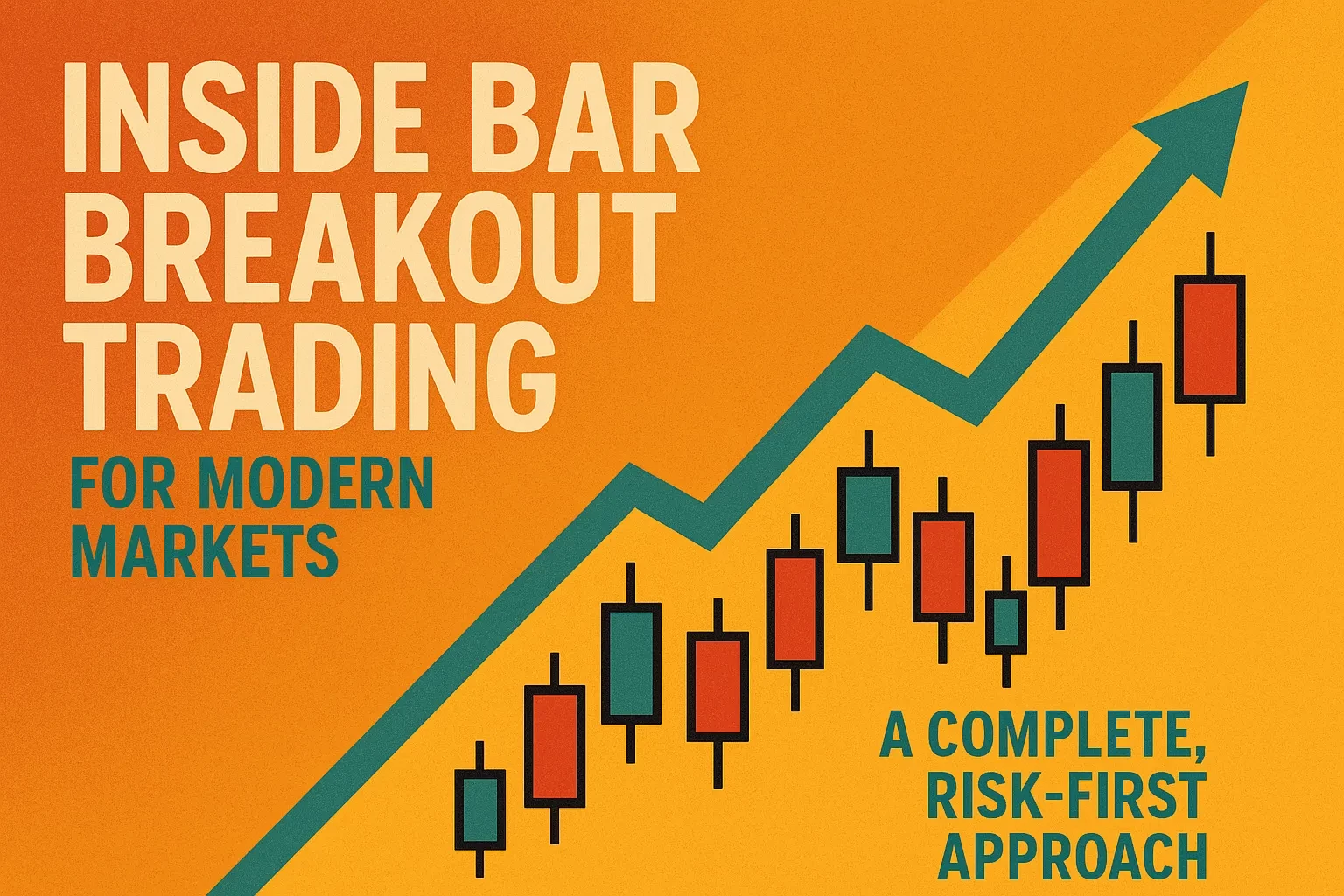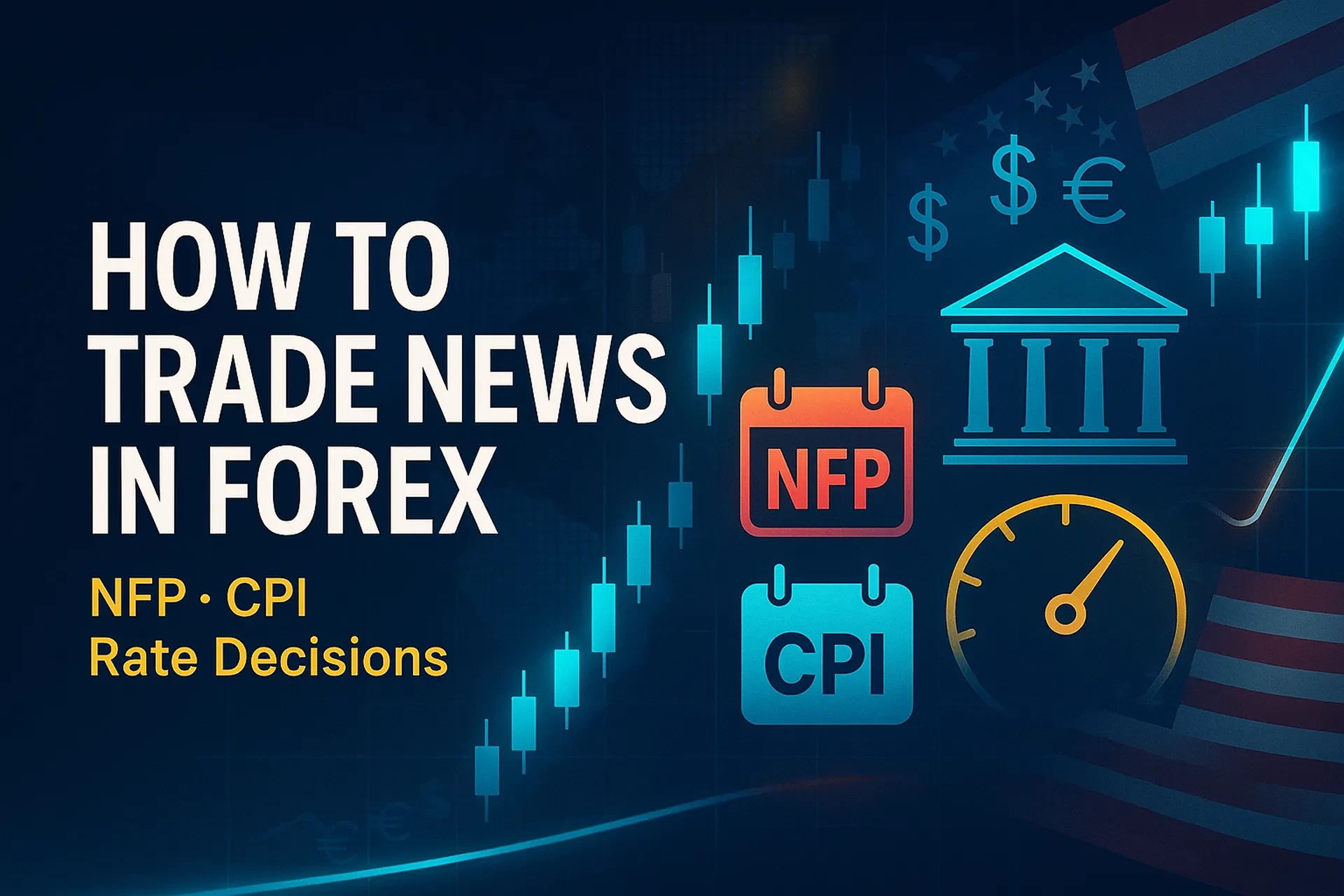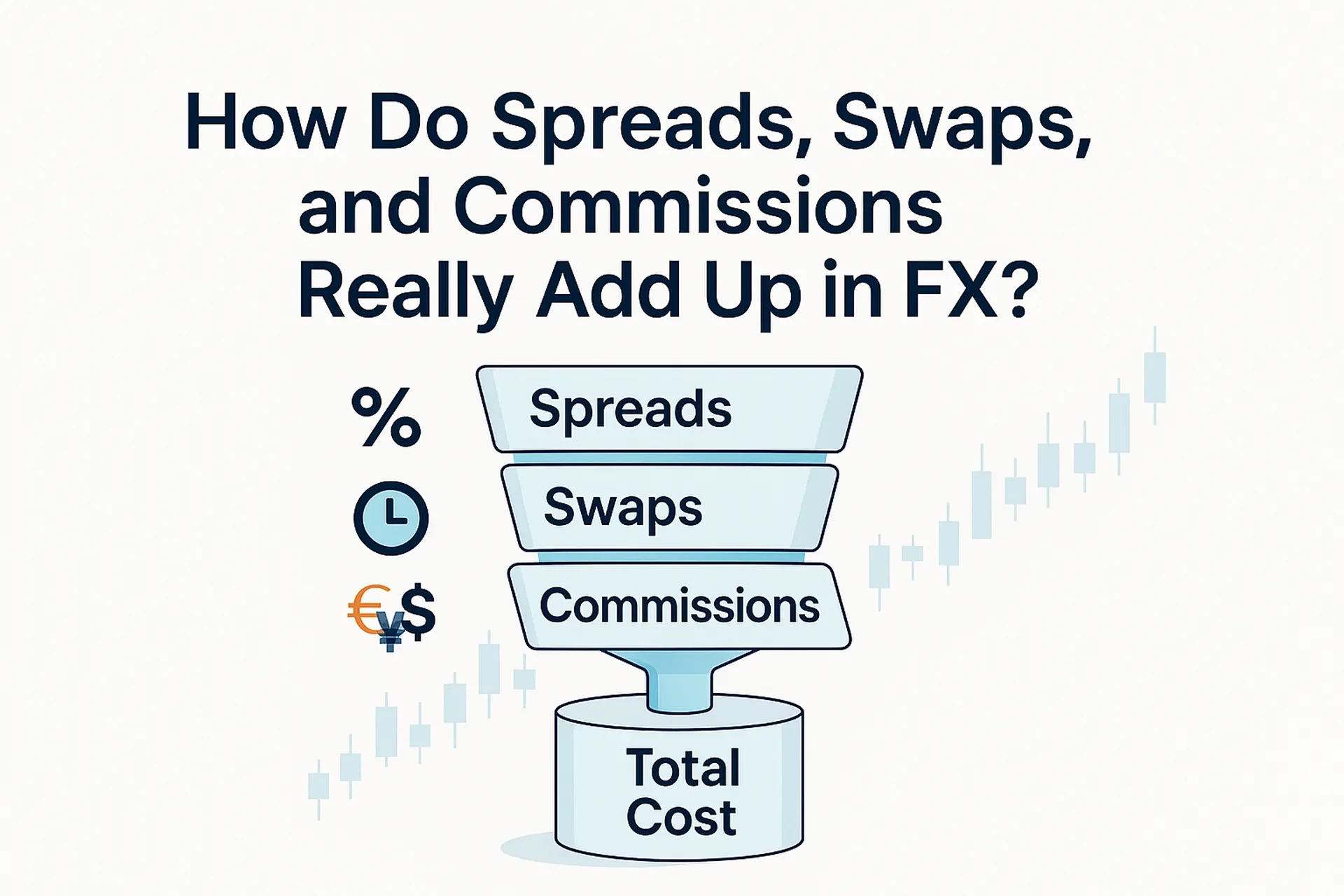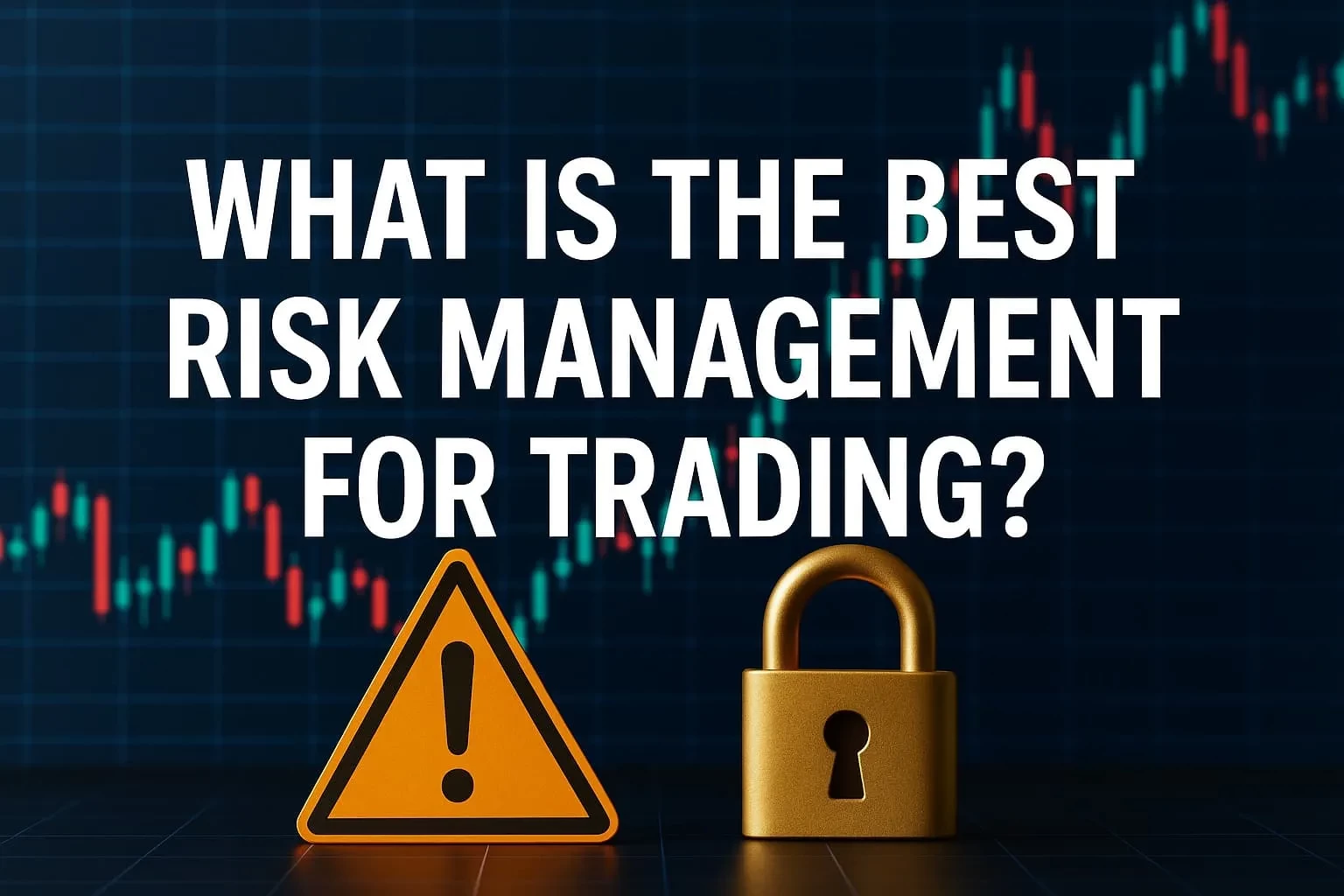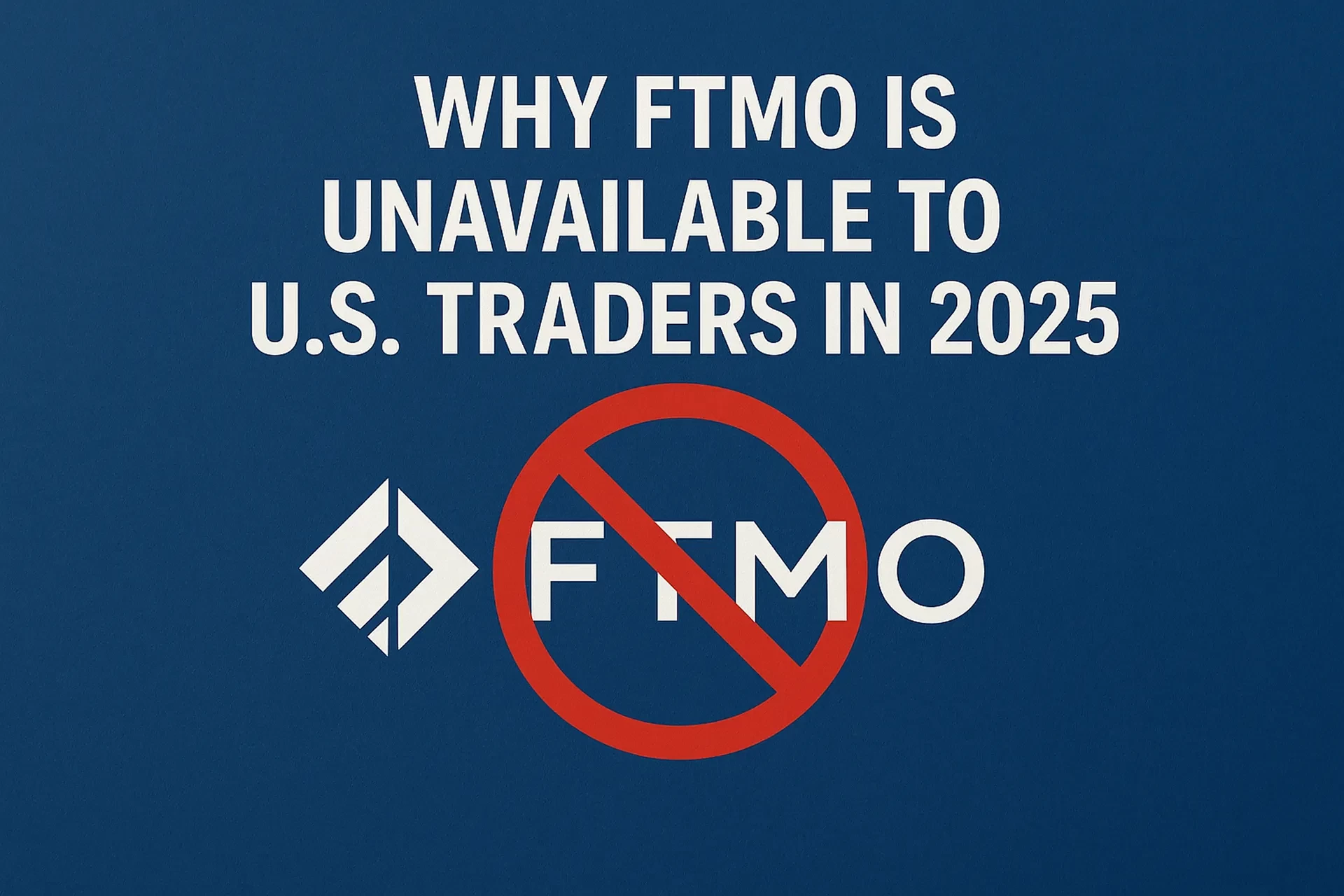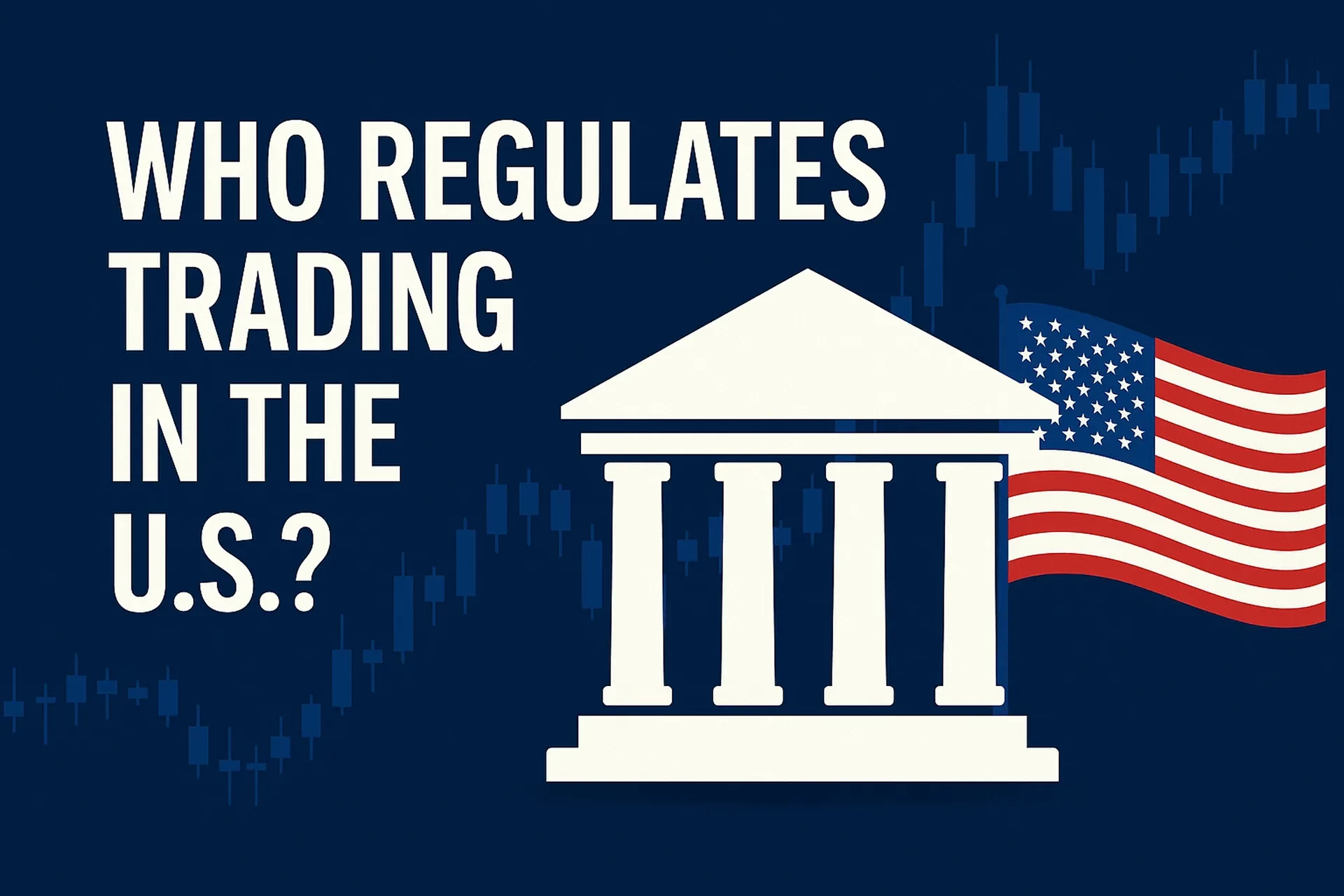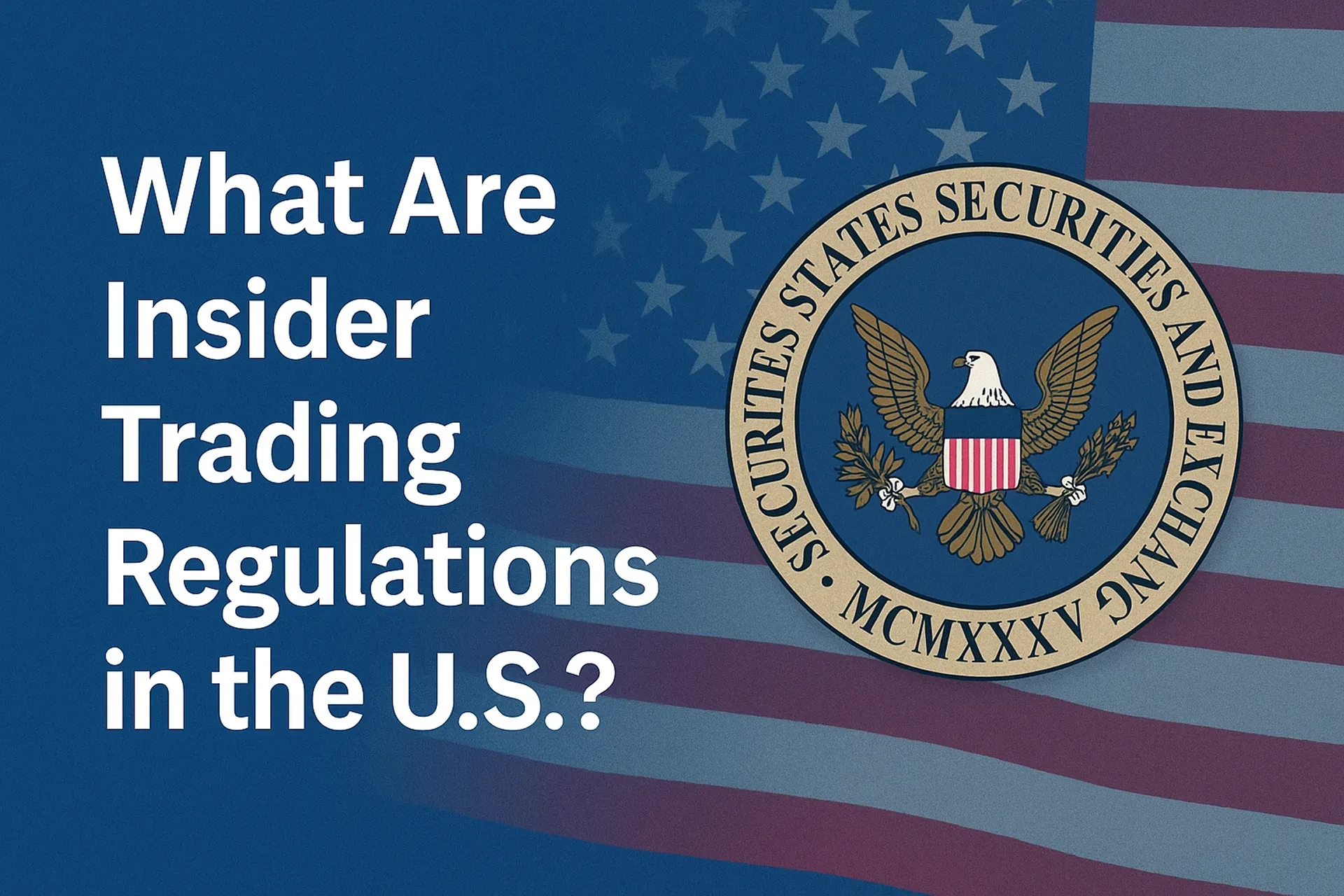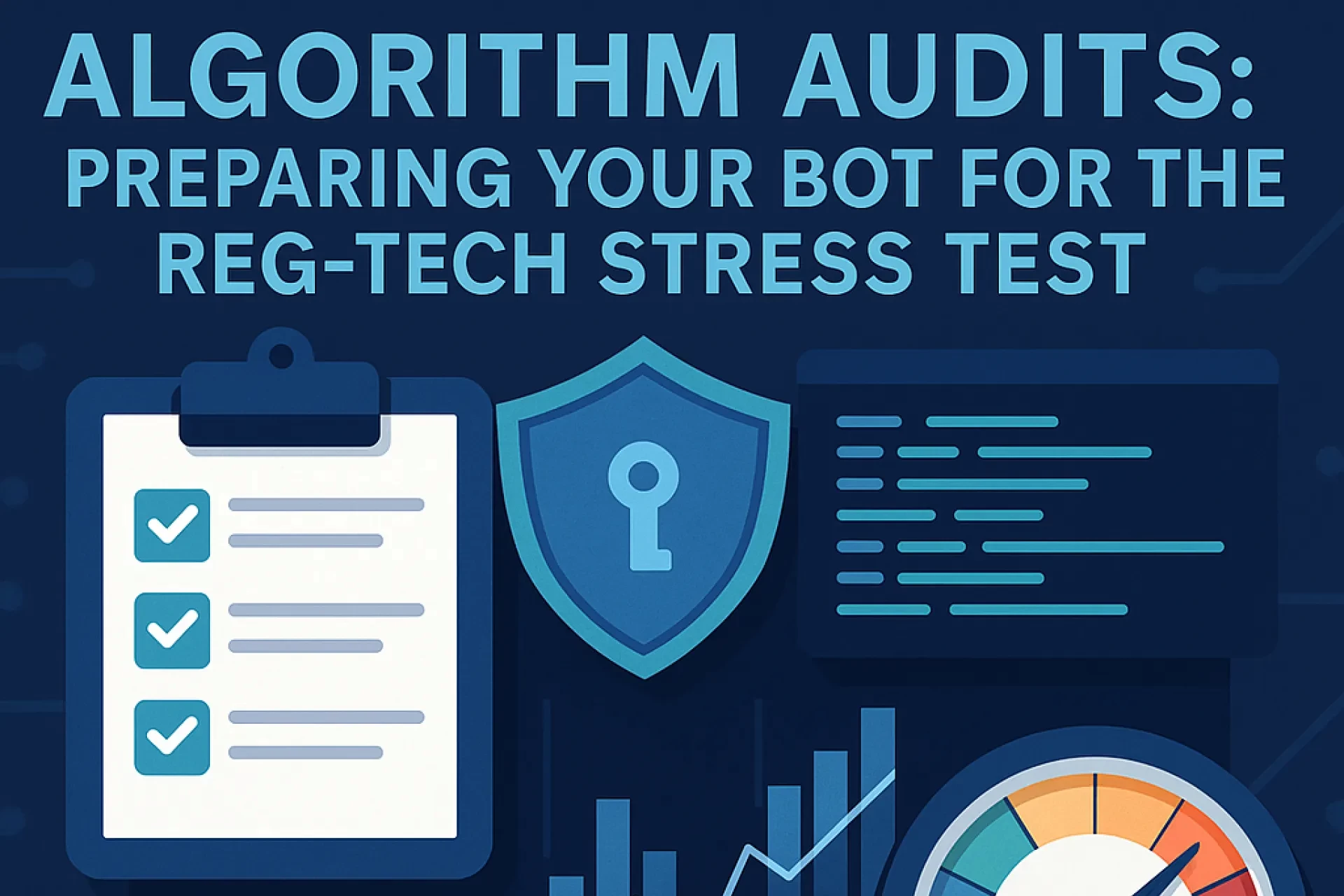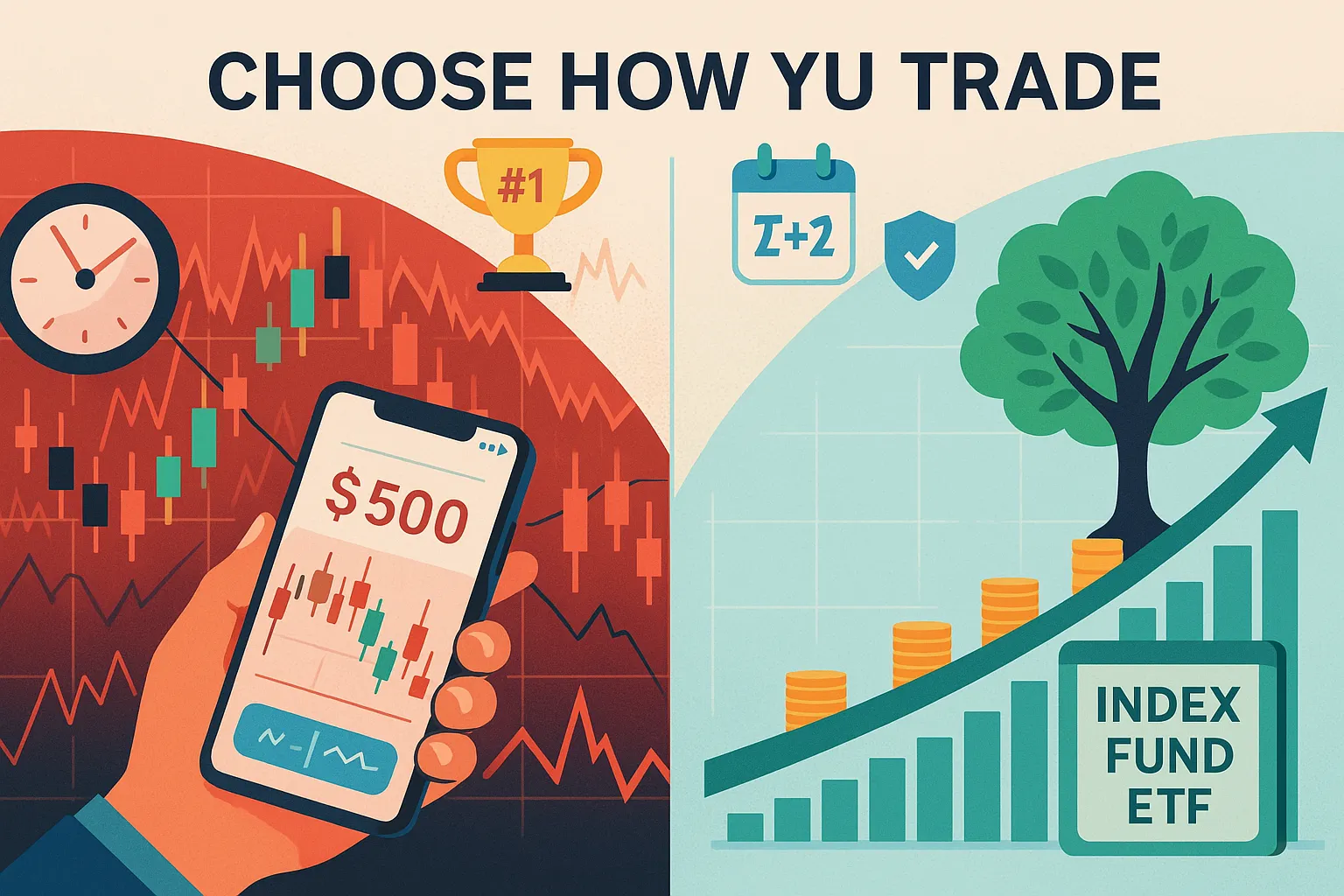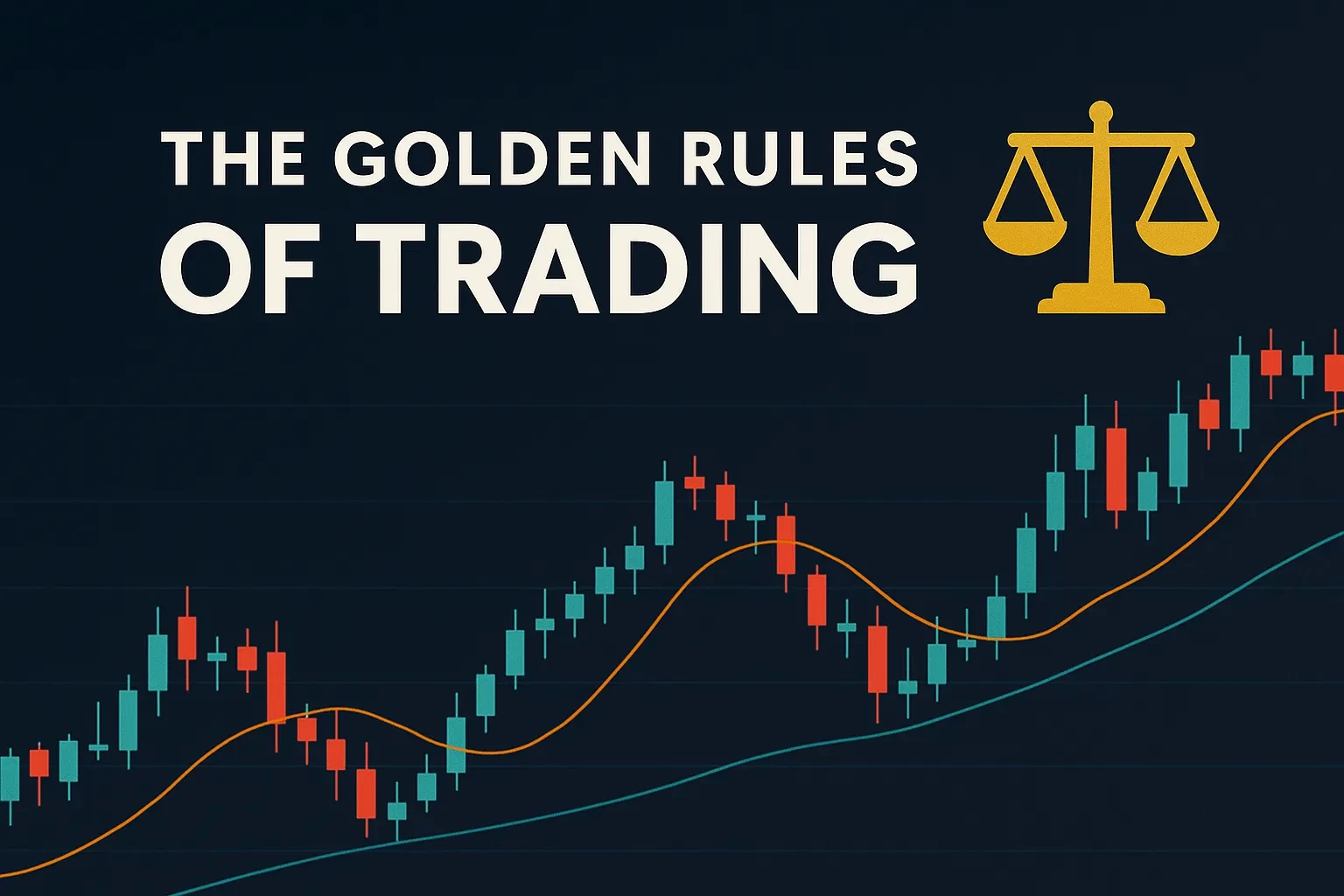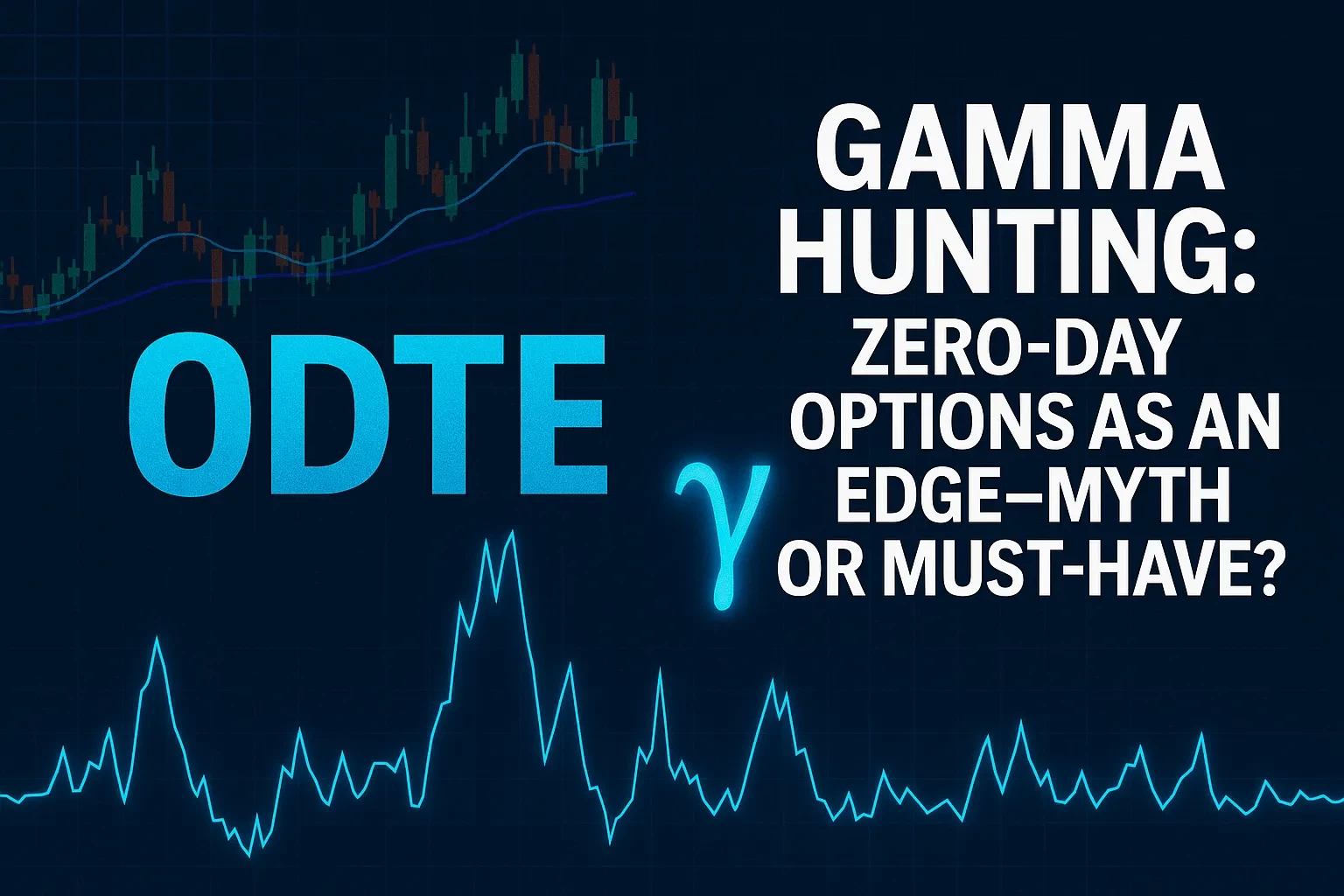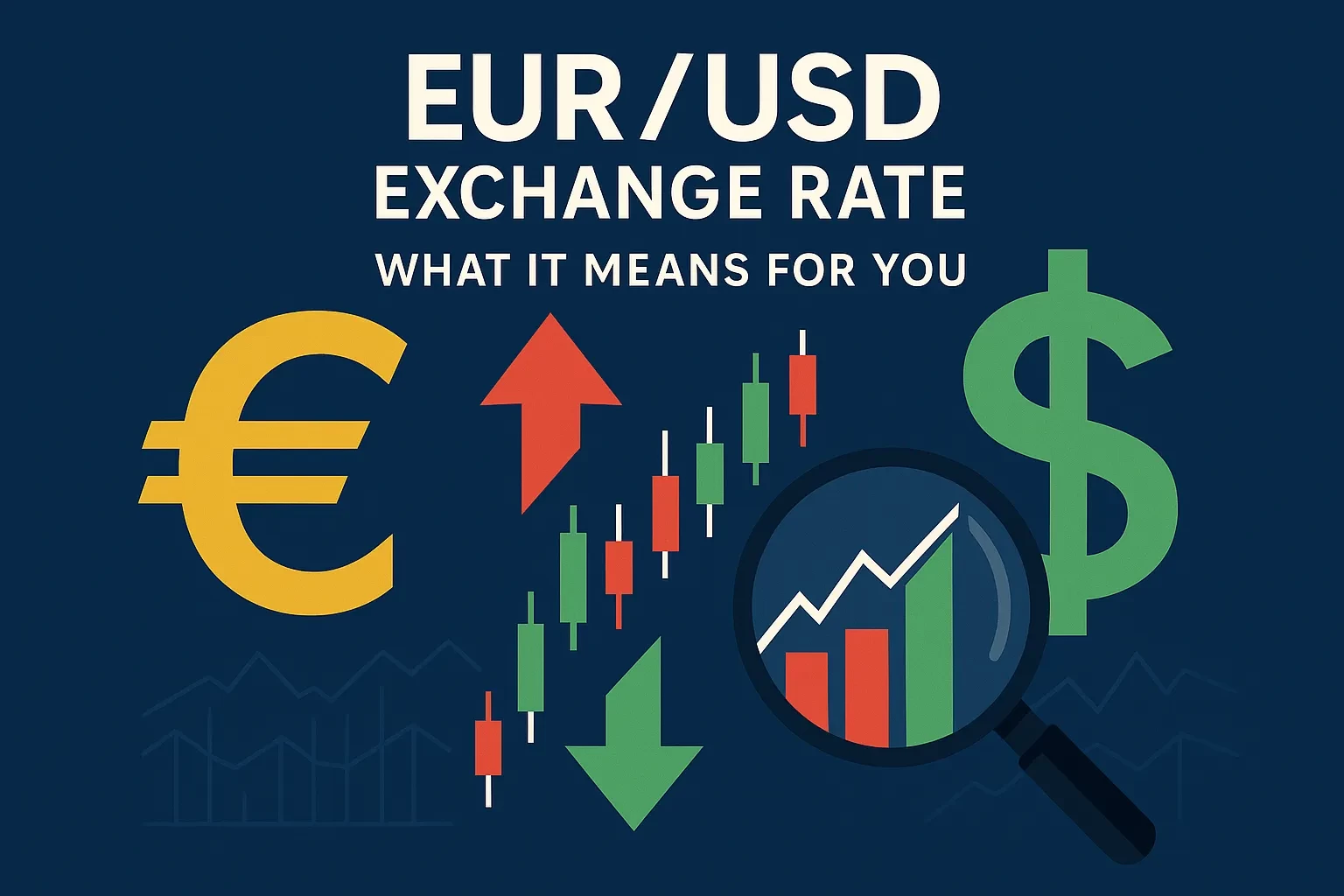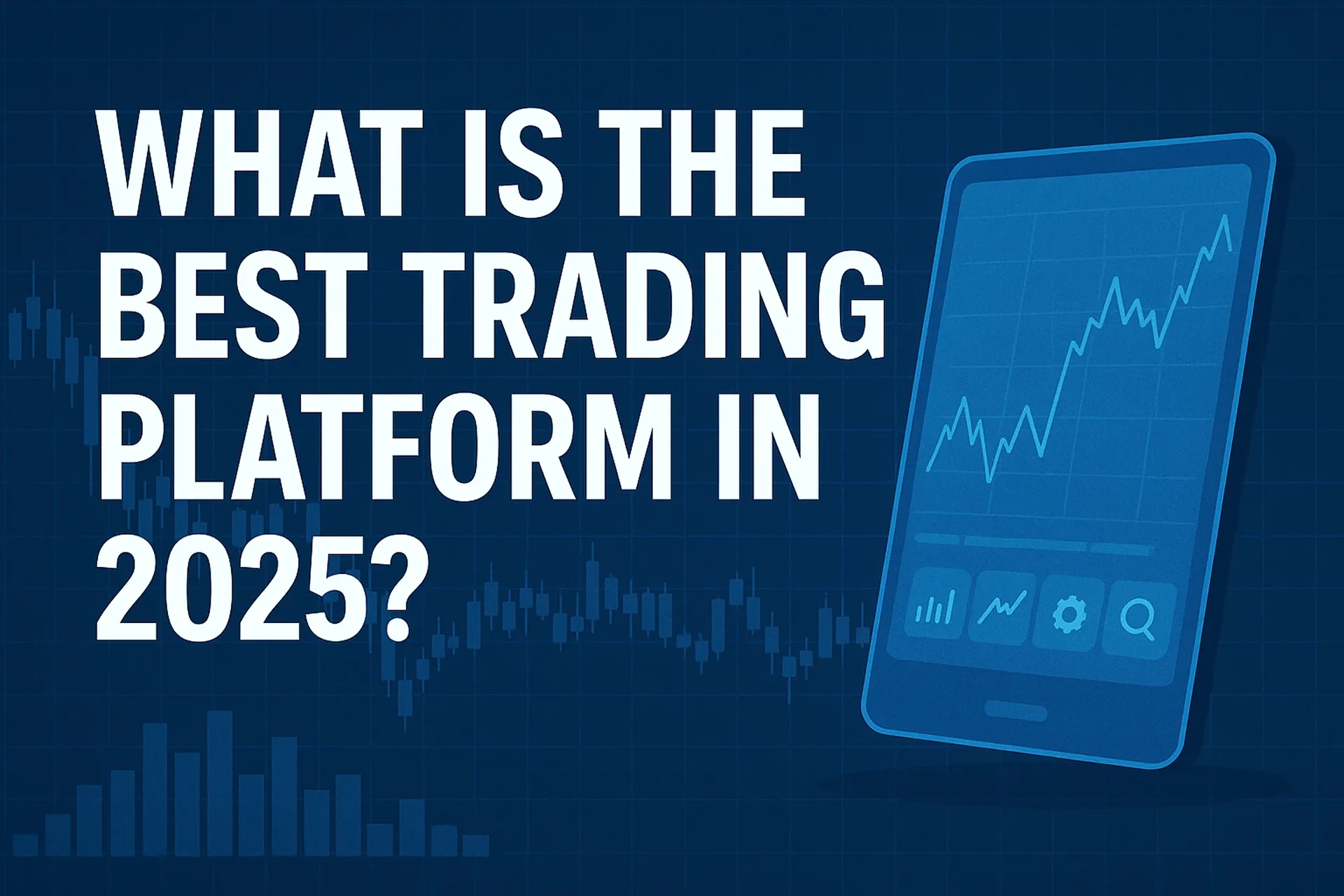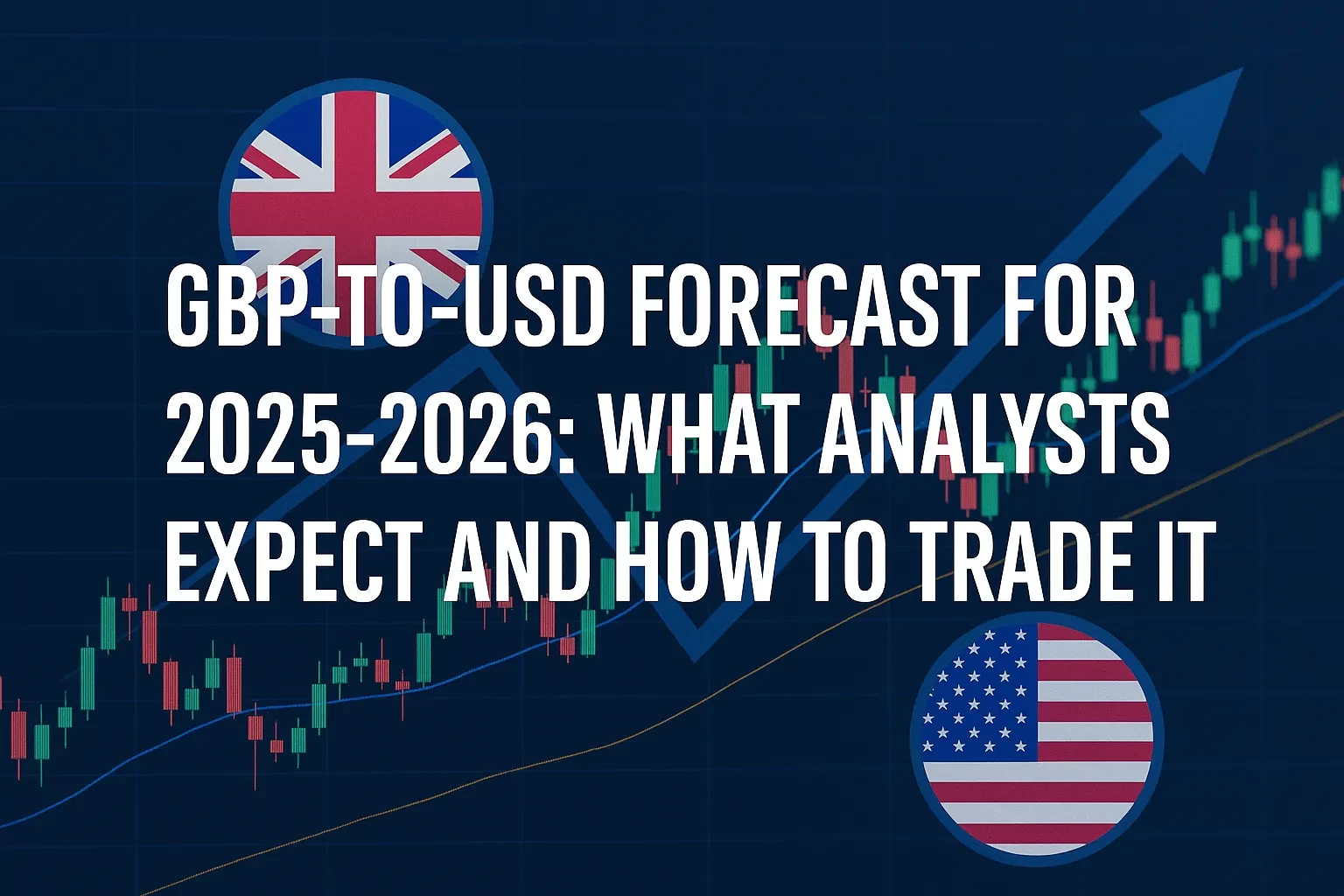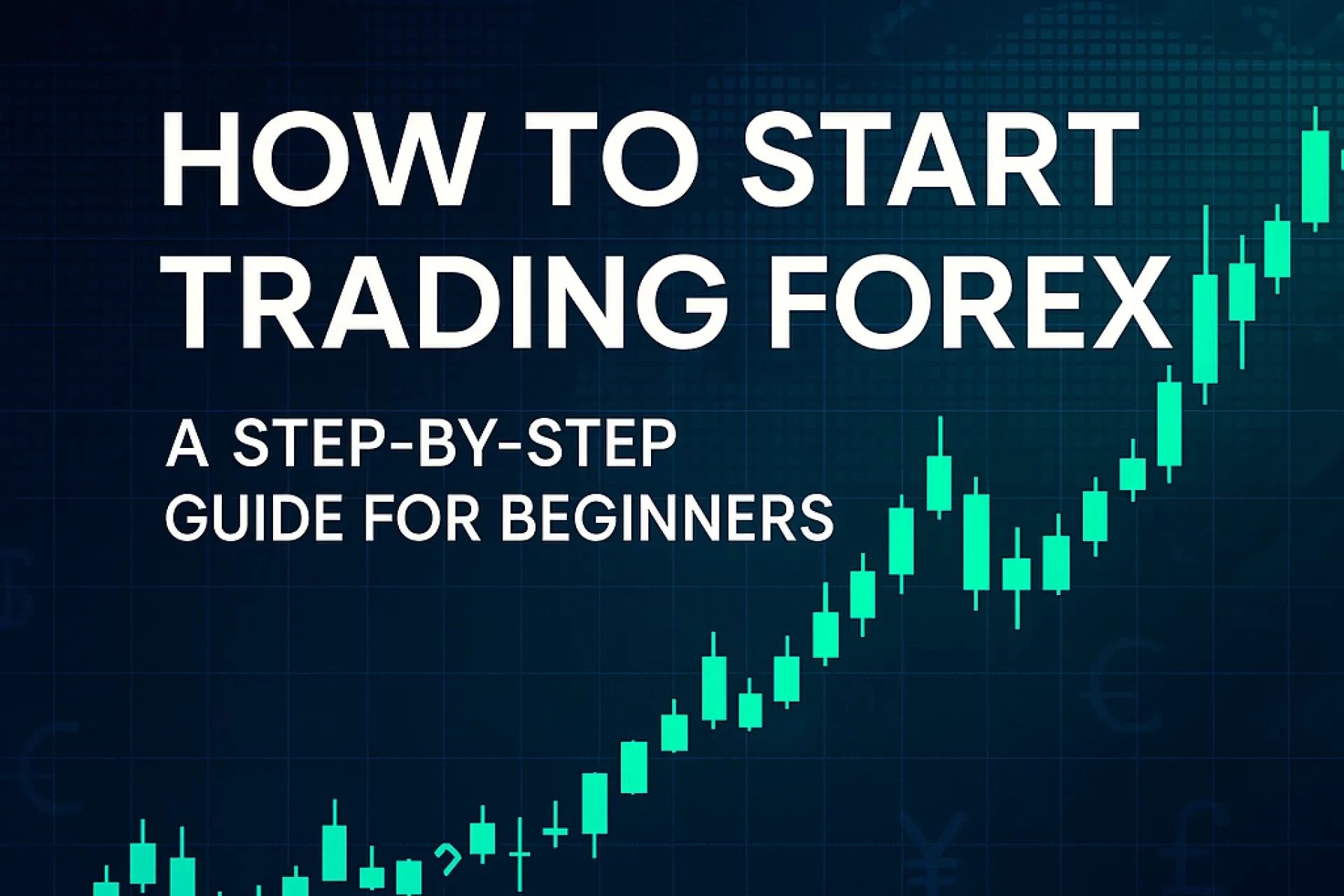Table of Contents
Introduction
You can open a brokerage app in 30 seconds, but picking how you will trade is the decision that actually shapes future returns. Brokerage reviews from StockBrokers.com and NerdWallet crown platforms for ease of use, yet they also note that most newcomers who jump straight into day‑trading underperform buy‑and‑hold investors (StockBrokers.com, 2025; NerdWallet, 2025). Meanwhile, the CFTC’s 2025 customer advisory reminds retail traders that “most self‑directed futures traders lose money” and urges them to start with lower‑risk approaches. Add the SEC’s switch to a faster T+1 settlement cycle on 28 May 2024—reducing cash‑flow wiggles for small accounts—and the playing field for beginners looks very different than it did just a few years ago. This guide weighs the choices and makes the case for long‑term, low‑cost index‑fund investing (often called “passive trading”) as the best starting point for most beginners.
Definitions & Context
Trading vs. Investing
• Trading typically means buying and selling securities over short windows—minutes to months—to capture price moves.
• Investing refers to accumulating assets for multi‑year growth through compounding dividends and appreciation.
The more often you trade, the higher your costs and the steeper the learning curve.
Main Retail Trading Styles
| Style | Holding Period | Complexity | Capital Needed | Key Risks |
|---|---|---|---|---|
| Index‑fund investing | Years | Low | Very low (fractional shares) | Market downturns |
| Swing trading stocks | Days–weeks | Medium | $1k+ | Gap risk, execution slippage |
| Day trading equities | Minutes–hours | High | $25k PDT rule | Leverage & emotional bias |
| Options trading | Hours–months | High | $2k+ margin | Theta decay, assignment |
| Futures / CFD trading | Minutes–days | Very high | Varies; typically $5k+ | Leverage up to 50×, margin calls |
(Table 1 — only table in this article)
Step‑by‑Step Guidance: How to Start the Right Way
1. Set a time horizon. Anything under five years generally belongs in cash‑like assets, not the stock market.
2. Open a tax‑advantaged account first. A Roth IRA shields long‑term gains; most brokers let you fund with as little as $50.
3. Choose a diversified index fund or ETF. Total‑market or S&P 500 ETFs cost <0.05 % per year and beat >85 % of active managers over 10‑year windows.
4. Automate contributions. Dollar‑cost averaging tames volatility.
5. Hold for at least one business cycle (≈ 5–7 years). T+1 means cash settles faster, but patience still pays more than speed.
6. Track but don’t tinker. Review allocations quarterly; resist jumping in and out on headlines.
7. Layer advanced trades only after year 2. Options spreads or sector ETFs can make sense once you’ve built a core.
Pros, Cons & Risk Management
Why Index‑Fund Trading Wins for Beginners
• Simplicity: One product delivers hundreds or thousands of stocks.
• Cost: Typical expense ratios run 0.03 %—that’s $3 per $10 000 annually.
• Regulatory safety: ETFs must disclose holdings daily and comply with ’40‑Act diversification rules.
• Behavioral edge: Fewer decisions mean fewer emotional errors.
Drawbacks
• Market‑level drawdowns: You still ride the full bear‑market swings.
• “Bland” returns: No shot at 10× overnight gains.
• Tracking error in narrow ETFs: Niche thematic funds can lag badly.
Managing Risk
• Keep equity allocation near 80 % minus your age.
• Hold at least three months of expenses in a high‑yield savings account.
• Rebalance annually; don’t sell winners or buy losers blindly.
• Use tax‑loss harvesting if your broker offers automated tools.
Practical Case Study
Profile: Emily, 27, graphic designer, $500 monthly surplus, risk‑moderate.
1. Opens a Roth IRA at Fidelity (no account fee).
2. Buys $300/month of a total‑market index ETF.
3. Allocates $100/month to a short‑term Treasury ETF as an emergency buffer.
4. Uses the remaining $100 for financial‑literacy courses and a virtual trading simulator.
Outcome after 12 months: Account grows to $6 450 (assuming a 6 % annualized market return) with only $2.10 in fund fees—zero missed deposits and no margin calls.
Common Mistakes & Expert Tips
| Mistake | Why It Hurts | Quick Fix |
|---|---|---|
| Day‑trading under $25k | PDT rule freezes your account after 3 infractions | Focus on swing trades or index funds until funded |
| Chasing meme stocks | Volatility > 100 % can wipe you out | Limit any single speculative position to 5 % |
| Ignoring settlement timing | Selling unsettled shares triggers “good‑faith” violations | Wait one full trading day under T+1 |
| Trading on margin too soon | Double‑edged returns amplify losses | Keep margin to <10 % of equity for first 3 years |
Pro Tip: Most beginner portfolios show higher Sharpe ratios when holding 4–6 ETFs versus 30+ single stocks.
FAQs
Conclusion — Your First Trade
The data are clear: broad‑market index‑fund trading—executed through periodic, automated purchases—offers beginners the best blend of growth potential, low cost, and manageable risk in 2025. Open a tax‑advantaged account, schedule deposits, and let compounding work while you study more advanced tactics. When you branch into options or sector ETFs, you’ll be doing so from a position of strength.
